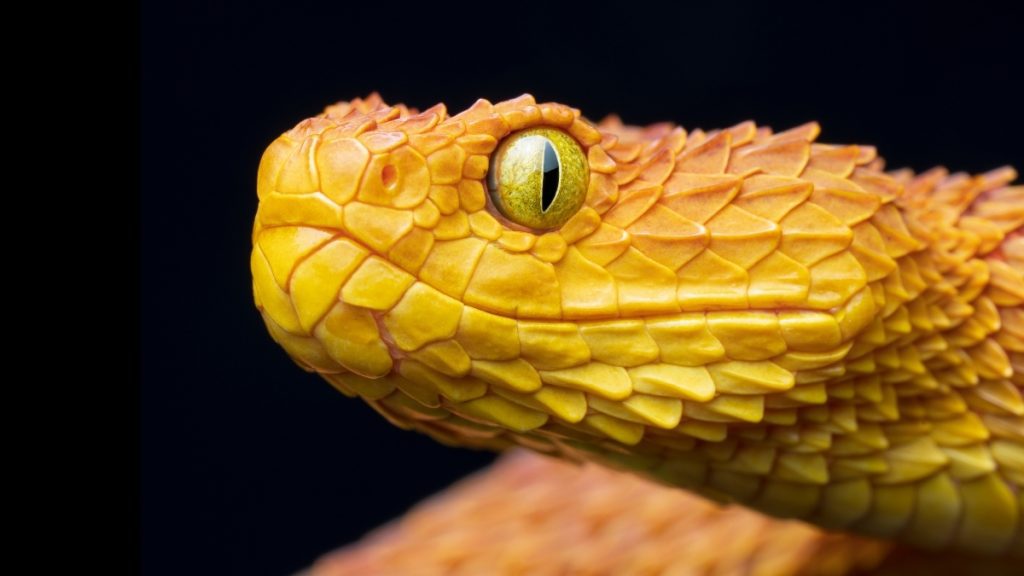For over 60 million years, venomous snakes have inhabited our planet.
Their evolutionary success can be attributed partly to the rapid effectiveness of their bites, allowing them to strike before their prey can escape.
A new study, which I co-authored, uncovers in remarkable detail the mechanics of these bites. Published in the Journal of Experimental Biology, it is the most extensive analysis to date, employing advanced video technology to illustrate how different snake species have adapted unique strategies to execute their lethal bites.
Variety of Snake Species
Currently, there are around 4,000 snake species worldwide, with about 600 being venomous.
Researchers began recording snake strikes visually back in the 1950s with the advent of high-speed photography. Since then, advancements in technology have enabled more detailed analysis of venomous snake bites. Previous studies have demonstrated notable distinctions between strikes used for capturing prey and those employed for defensive purposes.
Past Limitations in Research
Earlier studies faced several limitations. Most captured bites using only a single camera, restricting viewpoint to a single angle, while snakes can move in various directions. Additionally, field recordings were often in low resolution due to inadequate lighting. Finally, many analyses concentrated on either one species or a limited selection, thus neglecting insights from a broader range of species and behaviors.
Investigating Venomous Snakes
In our latest study, we examined the strikes of 36 different venomous snake species from three main families: vipers, elapids, and colubrids. Our subjects included snakes such as the western diamondback rattlesnake (Crotalus atrox) and the blunt-nosed viper (Macrovipera lebetinus).
These snakes were housed at an institution named Venomworld in Paris, where we created a small experimental arena made of plexiglass to observe their behavior. We simulated prey using a heated cylindrical medical gel to mimic a live target.
Advanced Video Capture
Using two high-speed cameras positioned at different angles, we recorded snake strikes at 1,000 frames per second. This allowed us to reconstruct three-dimensional representations of the strikes, analyzing various factors such as duration, acceleration, and the speed at which their jaws opened. We compiled a total of 108 successful strike videos, with three recorded for each studied species.
Diverse Striking Techniques
The study revealed significant differences in striking techniques among the snakes. Vipers exhibited the fastest strikes, reaching speeds over 4.5 meters per second and often adjusting their fang angles as they struck. In fact, 84 percent of the vipers captured their prey in under 90 milliseconds—so fast that it outpaces the average response time of startled mammals, which are common prey for vipers.
Conversely, elapids like the Cape coral cobra (Aspidelaps lubricus) moved toward their simulated prey before lunging and biting repeatedly, while colubrids such as the mangrove snake (Boiga dendrophila) lunged from a distance, utilizing a side-to-side motion to maximize venom injection.
Our previous research highlighted the connection between fang shape and prey preference, and this study further explains the rapid and efficient execution of bites, shedding light on why venomous snakes have thrived for millions of years.
Alistair Evans, Professor, School of Biological Sciences, Monash University
This article is republished from The Conversation under a Creative Commons license. Read the original article.



